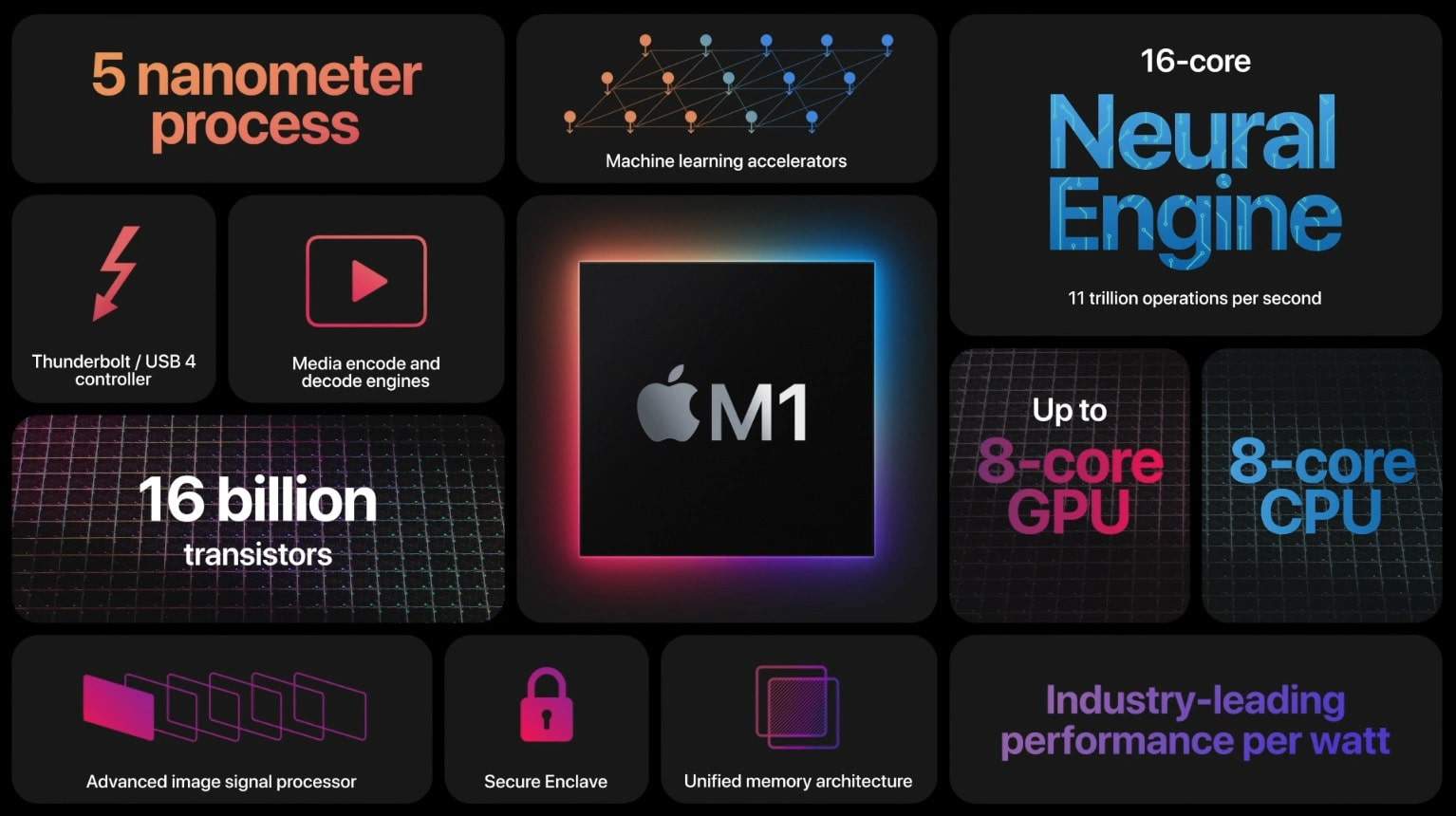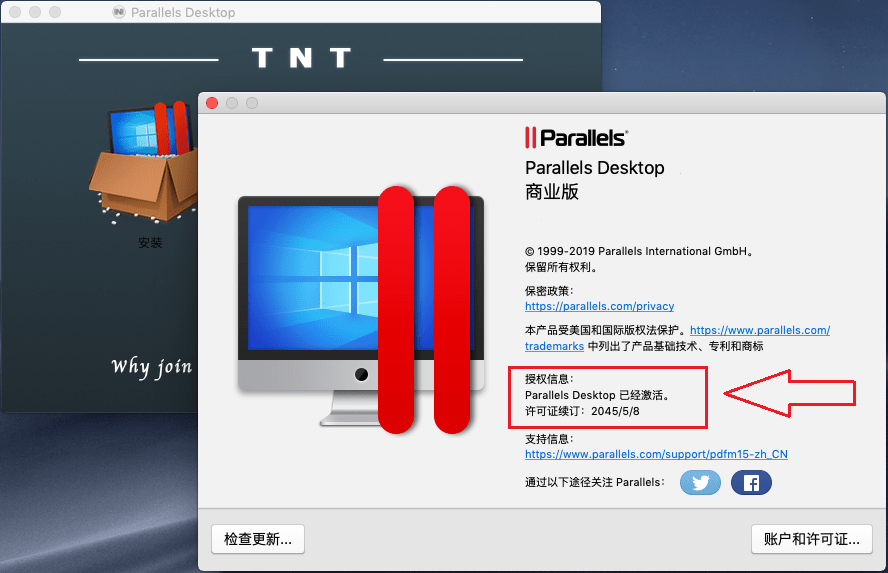
This approach creates a fully new personal computing category, specifically for the hybrid world: the Cloud PC. Windows 365 takes the operating system to the Microsoft Cloud, securely streaming the full Windows experience-including all your apps, data, and settings-to your personal or corporate devices. In reality, however, it looks like Microsoft may be taking an entirely different approach to allow users to run Windows on non-Intel devices - offering it as a web app.Īfter all, if it’s good enough for Microsoft’s Xbox game streaming services, there’s really no reason you shouldn’t be able to run the entire Windows operating system in Safari, and this week Microsoft announced that it’s doing just that.Īccording to a new blog post by Wangui McKelvey, General Manager for the Microsoft 365 cloud suite, the company will be expanding its cloud offerings with Windows 365 - a cloud-based version of Windows 10 (and Windows 11 later this year) that will stream the “full Windows experience” into your web browser. It’s hard to say whether Microsoft will ever release a consumer version of Windows for M1 Macs, but considering that you have to hack Windows 11 to get it to run even on an Intel Mac, we’re not holding our breath. It’s great to play around with, but there’s no easy way to officially activate it, so you won’t be able to personalize it or get updates or support, and sooner or later, it will start nagging you for activation. Ultimately, however, the Windows Insider ARM version is not licensed for everyday use. Until recently, it also wasn’t possible to run Intel-based 圆4 apps on the ARM version of Windows, although Microsoft has recently addressed that in the latest builds. The catch is that you have to sign up for Microsoft’s Windows Insider program to get your hands on it - it’s essentially a version for developers and testers to play with. That said, popular virtualization app developer Parallels was quick to jump on creating an M1 version, which allows you to virtualize the full ARM version of Windows 10.



Instead, it’s an “OEM version” that’s designed for use on specialized devices that use Qualcomm’s ARM chips, such as Microsoft’s own Surface. The key challenge is that even though Microsoft does have an ARM-based version of Windows, you can’t actually buy that version on its own.


 0 kommentar(er)
0 kommentar(er)
